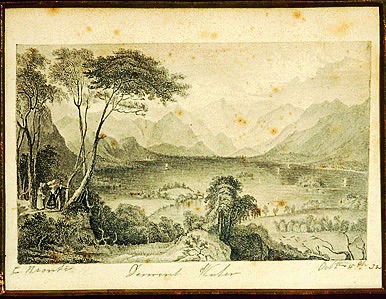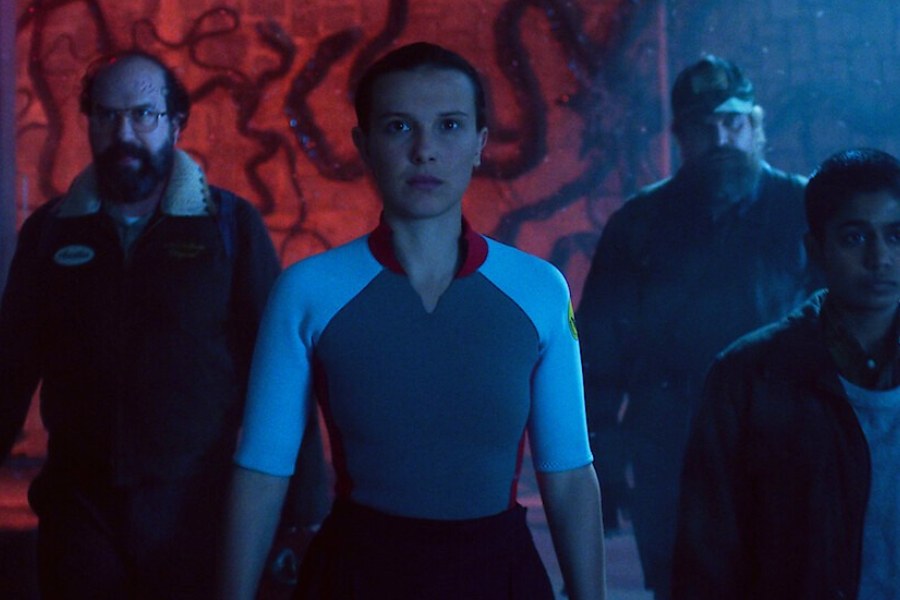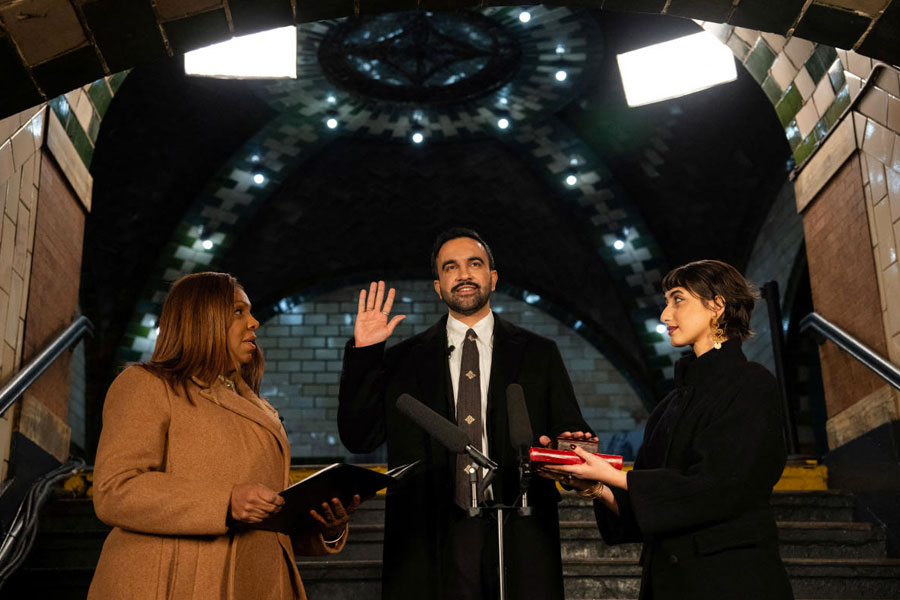
Not many people know that under different circumstances, Charlotte Brontë - whose 202nd birth anniversary is tomorrow - might have gone down in history as an artist. As a 12-year-old, the first ambition of the author of Jane Eyre was to be a professional miniature painter. For her, art was not just a passion, but a career goal and a means of escape. Charlotte constantly battled a deep sense of unfulfilled ambition, exasperated by the societal constraints of her time. She did not want the kind of jobs available to unmarried women from modest backgrounds - she wanted to draw and paint.
Charlotte is, of course, not alone; a number of women writers turned to art as well. Sylvia Plath made vivid paintings and drawings. Beryl Bainbridge's canvases are stunning illustrations of the secret hinterland of her imagination. Before she died, Bainbridge was described as an author of stark, unadorned prose; her oil paintings, however, prove that her artistic vision was huge, and that her imagination moved unhindered in other fields. Novel-writing is quiet, uneventful work: it can lead to wondrous revelations but is not usually caused by them. Perhaps this was one of the reasons that these women writers felt this deep affinity for art, which displays its beauty in an outward, physical form. Charlotte's keen study of visual imagery helped her 'read' paintings - this played a big part in her growth as an author. The visual arts provided her succour in her early life, helping her to bring the ideas and subjects of pictures into her literary writing.
Charlotte's dream of being a professional painter may never have been realized, but she made sure her experiences with art counted for something. Her ability to notice minute details in people - a skill likely inherited from her study of fine points in prints and engravings - is reflected in her writing. Sample her description of Edward Rochester: "I knew my traveller with his broad and jetty eyebrows; his square forehead, made squarer by the horizontal sweep of his black hair. I recognised his decisive nose, more remarkable for character than beauty; his full nostrils, denoting, I thought, choler; his grim mouth, chin, and jaw - yes, all three were very grim... His shape, now divested of cloak, I perceived harmonized in squareness with his physiognomy: I suppose it was a good figure in the athletic sense of the term - broad chested and thin flanked; though neither tall nor graceful." Charlotte's description is as good as a portrait of the man.
In the year 1848, Charlotte received a letter from her publishers asking her to do the artwork for the second edition of Jane Eyre. She responded with her characteristic wit: "I have... wasted a certain quantity of Bristol board and drawing-paper, crayons and cakes of colour, but when I examine the contents of my portfolio now, it seems as if during the years it has been lying closed some fairy has changed what I once thought sterling coin into dry leaves, and I feel much inclined to consign the whole collection of drawings to the fire." Thankfully, she did no such thing - at present, close to 200 original artistic works of Charlotte Brontë exist in the world.










